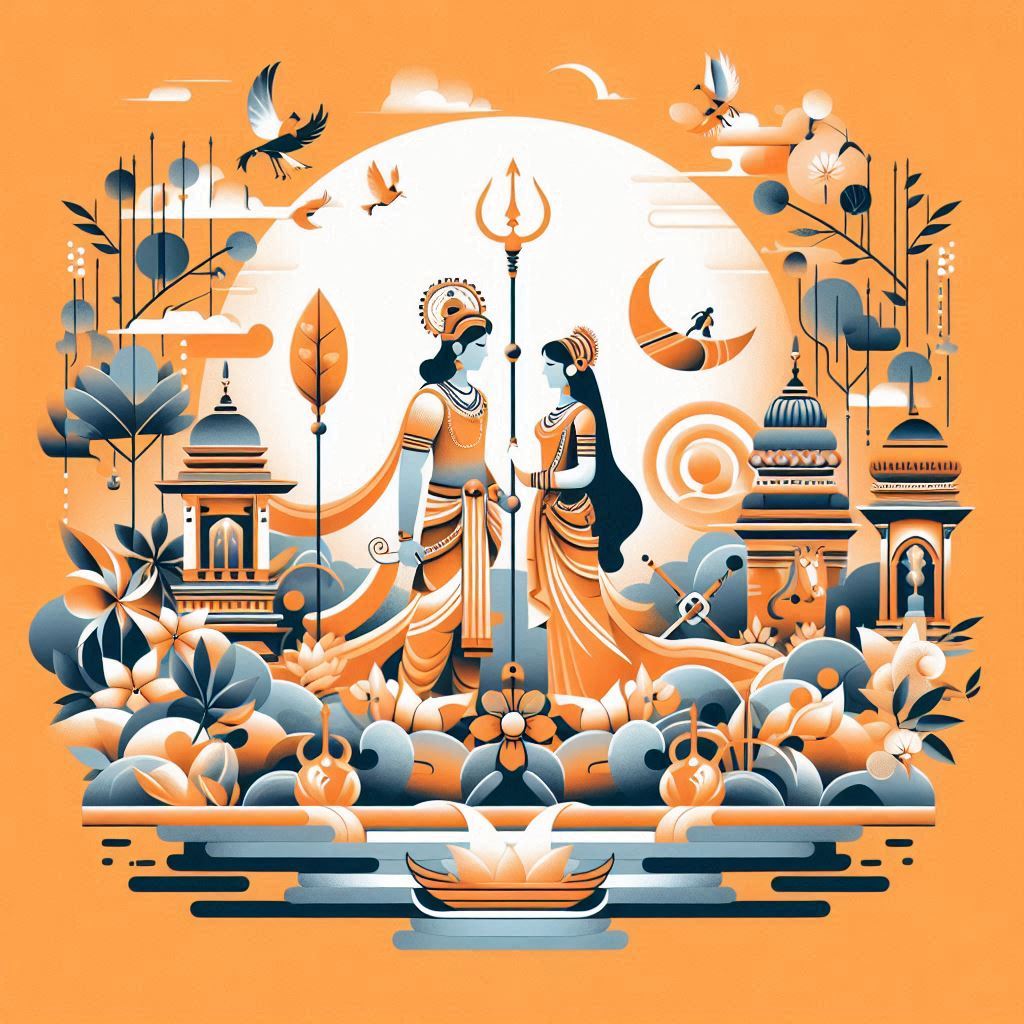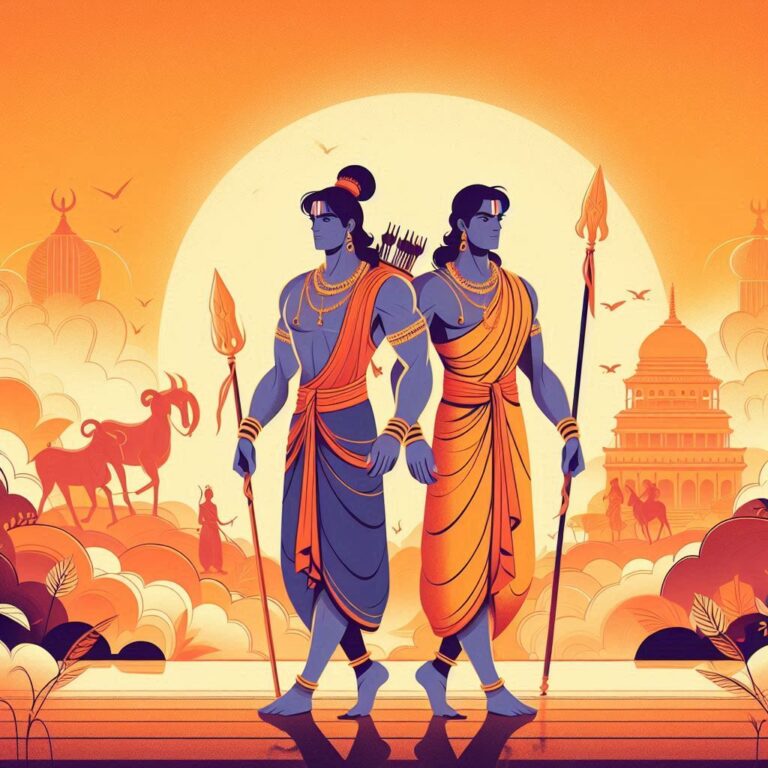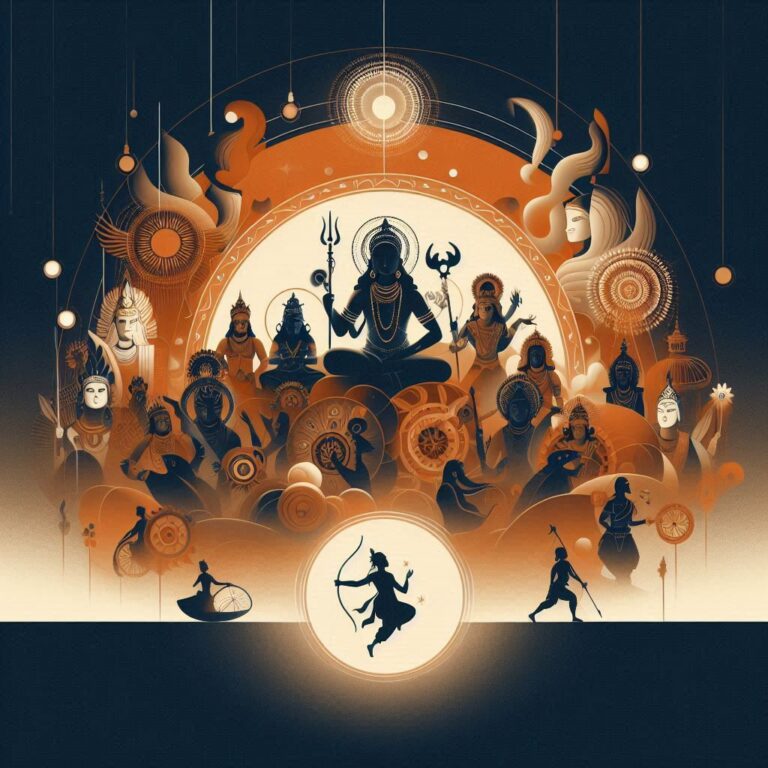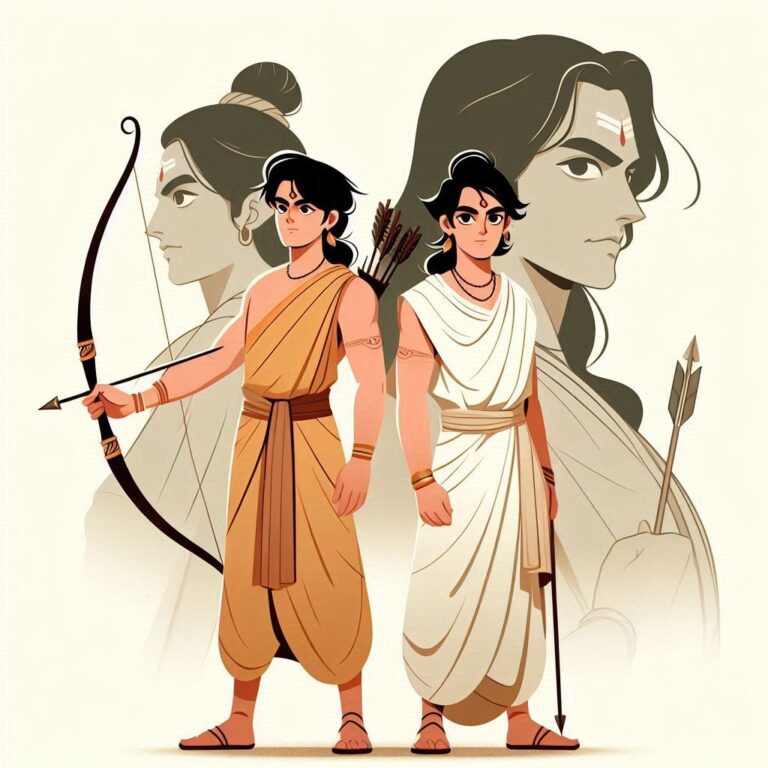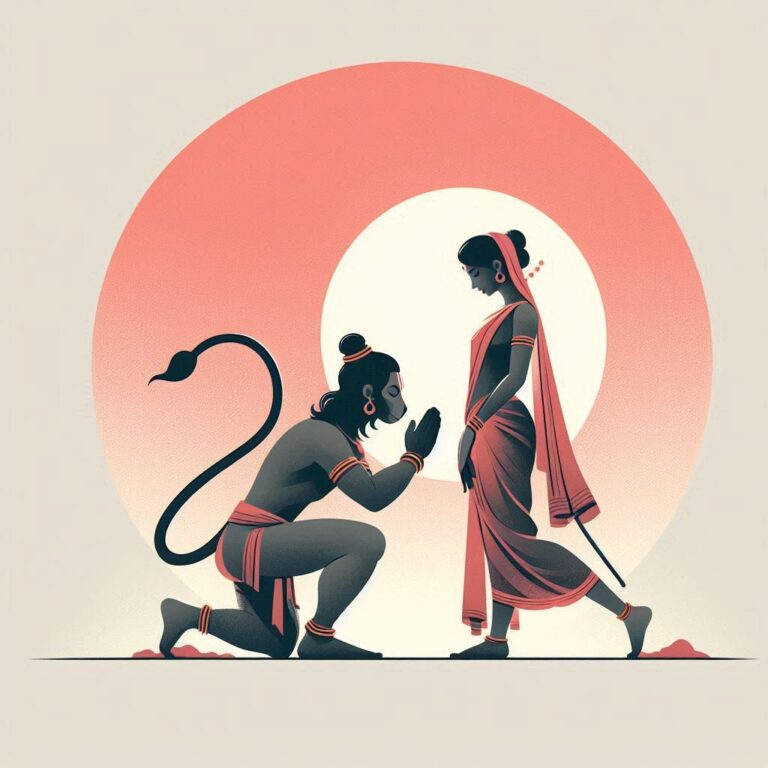Rama and Sita’s Wedding: Significance and Cultural Impact Explained
The Wedding of Rama and Sita: Significance and Impact
When we think about epic romances, the story of Rama and Sita has to be right up there with the best. Their wedding isn’t just a mere tale; it’s a celebration of love, duty, and dharma that resonates through time. But what’s so special about it? Let’s unravel the significance of this divine union, and why their wedding has left an indelible mark in both culture and spirituality.

The Legendary Background
So, what exactly led to the grand wedding of Rama and Sita? To understand this, we must journey back to the Ramayana, an ancient epic that chronicles the life of Lord Rama, the seventh avatar of Vishnu. Rama, the prince of Ayodhya, was not just known for his valor but also for his deep adherence to duty and righteousness.
Sita, on the other hand, is often referred to as the epitome of virtue. Daughter of King Janaka of Mithila, she was born from the earth and personified purity. Their love story unfolds like a classic fairy tale, but with a profound spiritual lesson stitched into its very fabric.
The Swayamvara: A Test of Worthiness
Before we dive into the wedding itself, let’s talk about one of the most intriguing events leading up to it—the Swayamvara. In ancient India, a Swayamvara was a royal ceremony where a princess chose a husband from an assembly of suitors. King Janaka set an incredible challenge for this romantic event: to lift the mighty bow of Shiva.
Imagine a multitude of strong, boastful kings trying their luck, but none could even budge the bow. Enter Rama—unsure but confident. With a grace that belied his strength, he lifted the bow and strung it, earning not just the approval of Janaka but also the heart of Sita.
This moment encapsulates a larger metaphor: to be worthy of love, one must first demonstrate strength and virtue. It’s not unlike life, where we often face challenges proving our worth, don’t you think?
The Marriage Ceremony: A Divine Event
The wedding of Rama and Sita was a spectacle filled with grandeur, spirituality, and deep-seated cultural traditions. The ceremonies were elaborate, involving rituals that symbolize the union of two souls destined for each other.
Imagine the atmosphere—floral decorations, the aroma of incense, vibrant garments, and the sound of joyous chants reverberating in the air. Friends and family gathered, and auspicious sounds echoed as the couple exchanged vows.
One significant aspect of the ceremony was the Kanyadaan, where King Janaka placed Sita’s hands in Rama’s as a symbol of giving away his daughter to her husband. This is more than just an act of giving; it embodies the philosophy that marriage is a sacred duty, uniting families and creating bonds of responsibility.
Key Rituals in the Wedding
The wedding rituals can be categorized into several important elements:
- Kanyadaan: The father’s act of giving away his daughter.
- Saat Phere: The couple walks around a sacred fire seven times, each round symbolizing a specific vow.
- mangal sutra: A sacred thread that binding the couple together.
- Aashirwad: Blessings from elders, ensuring the couple walks on a path of righteousness.
These rituals weren’t just ceremonial; they were steeped in meaning, representing hope, love, and the commitment to uphold dharma.
Significance of the Wedding
So why does Rama and Sita’s wedding matter in today’s world? Let’s break it down:
An Archetype of Love
This marriage epitomizes the ideal partnership. Through every struggle endured, the love between Rama and Sita stood strong, highlighting that true love can endure trials and tribulations.
The Principles of Dharma
At its core, their union is a lesson in dharma—righteous living. Their commitment to each other, even in adversity, teaches us about loyalty and duty. Don’t we often find ourselves contemplating these values in our relationships?
Cultural Impact
Rama and Sita’s love story has transcended time, influencing countless works of art, literature, and performances. Through dance and drama, their wedding continues to be a source of inspiration, showcasing the beauty of love tied to ethical values.
Spiritual Teachings
From a spiritual perspective, the wedding acts as a metaphor for the union of the divine with the human. It teaches us that through love, we can unite with a higher purpose.
Resilience and Forgiveness
The trials they faced, including Sita’s abduction and the eventual rescue, serve as reminders that love also involves forgiveness and resilience. Relationships are forged in fire, right?
Dohas and Shlokas on Their Wedding
It’s fascinating how Sanskrit literature captures the essence of this epic love story. Let’s explore some dohas and shlokas that resonate with the themes of Rama and Sita’s wedding.
Doha:
सिया राम मय सब जग जानि।
करहुँ प्रीति जगत समानी॥
Siyā Rām may sab jag jānī.
Karahu prītī jagat samānī.
“All the world knows that Sita and Rama are one; may love abound across the universe.”
Shloka:
रामो राजमणिः सदा विजयते।
रामं रामेश्वरं भव।
Rāmo rājamaniḥ sadā vijayate।
Rāmaṁ rāmeśvaraṁ bhava।
“Rama, the jewel of kings, shall always triumph. Be like Lord Rama.”
Another Doha:
जो सिया राम के संग रहै।
संकट तही दूर करै॥
Jo Siyā Rām ke sang rahai।
Saṅkaṭ tahī dūr karai.
“Those who stay with Rama and Sita will dispel all troubles.”
Conclusion
The marriage of Rama and Sita transcends mere myth; it’s a tale woven with themes of love, duty, and moral integrity that remain relevant today. As we explore their journey, we discover timeless lessons that shape our understanding of relationships, duty, and spirituality. In essence, their story continues to inspire and motivate, encouraging us to seek love that is bound by respect and righteousness.
FAQs
-
What is the significance of Kanyadaan in the wedding of Rama and Sita?
- Kanyadaan symbolizes the father’s blessing and the transition of the bride from her parental home to her husband’s, emphasizing the importance of familial bonds in marriage.
-
How does the story of Rama and Sita impact Indian culture?
- Their love story has greatly influenced literature, art, and performing arts in India, shaping the cultural landscape and moral values of society.
-
What can modern relationships learn from Rama and Sita’s marriage?
- Their commitment to each other during hardships teaches the importance of resilience, loyalty, and understanding in relationships.
-
Are there any specific festivals associated with Rama and Sita?
- Yes, festivals like Diwali celebrate their return to Ayodhya after vanquishing Ravana, symbolizing the victory of good over evil.
-
What do the rituals in their wedding symbolize?
- The rituals represent sacred vows, the union of two families, and an affirmation of commitment to upholding dharma (righteousness) together.
By diving deep into their love story, we not only appreciate an ancient tale but also find valuable life lessons that can guide us in our own relationships. So, let’s cherish these teachings and strive to embody the virtues that Rama and Sita represent.

